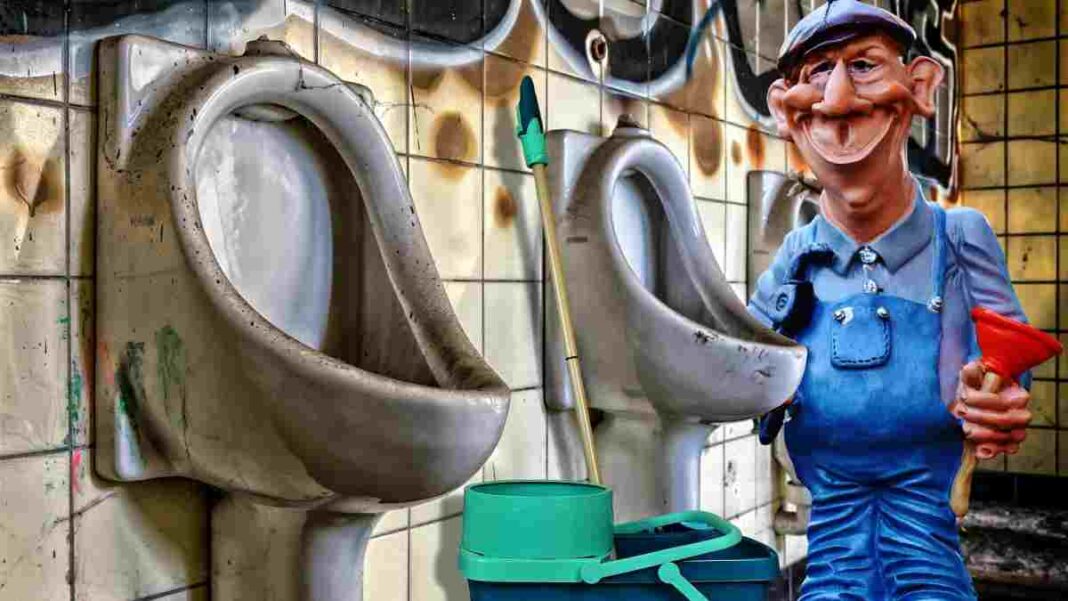UNITED KINGDOM: An innovative solution to the ongoing issue of public urinating is being tested in a key London neighbourhood known for its nightlife but also home to thousands of residents: so-called anti-pee paint.
Walls are being painted with a special type of paint by officials in Soho, a district of London well-known for its pubs, restaurants, theatres, and other entertainment venues and thriving nightlife.
This unique paint reacts by splashing any liquid thrown back at you. When the “anti-pee” paint comes into contact with pee, it forms a transparent, water-repellent layer that splashes around urine.
This unusual paint’s fundamental science is derived from surface tension. If you’ve ever seen a lotus, you may have observed that water droplets do not attach to its leaves; instead, they fall off, leaving no trace.
This quality is known as hydrophobic in science. In London, the same occurrence has been mirrored on the walls.
The formation of the anti-pee paint
Sand is the paint’s main component, mainly composed of acetone and silica. According to the people who make it, the superhydrophobic coating can resist almost all liquids and keeps things dry.
Although the business stays mum on the special chemical that works, analysts think it might be a polymer that serves as an additive.
According to a 2015 study, the lotus effect results from a surface structure coated with needle-shaped wax tubes; the surface that is left open to water droplet invasion and water interaction is what causes the effect. The paint uses those high points.
How anti-pee paint is applied
The coating requires two application steps, with the first stage serving as a base primer.
After using this primer to even out the surface and make it hydrophobic, the topcoat can be applied. In contrast to a hydrophilic surface, which water attaches to, a hydrophobic surface does not allow liquid to adhere to it.
According to the manufacturer, the paint remains sanitized and essentially bacteria-free while repelling certain oils and filthy water.
According to the manufacturer’s product description, “when dust, dirt, or other molecules gather on a superhydrophobic coated surface, a light spray of water or a blast of air grabs the dust and removes it.”
London is not the first city to employ this particular concoction of chemicals to discourage public urinators. The first use of this paint was in Cologne in Germany, some seven years ago, in 2015.
Also Read: Tech Predictions for 2023: Technological Race to Make the World a Better Place



